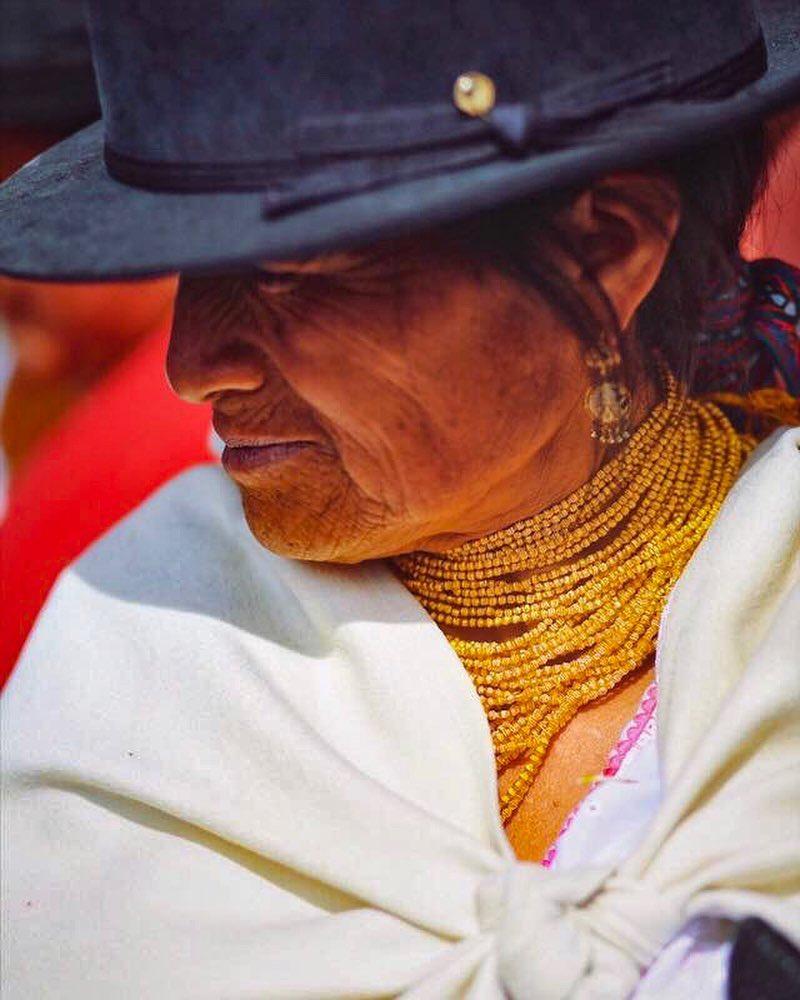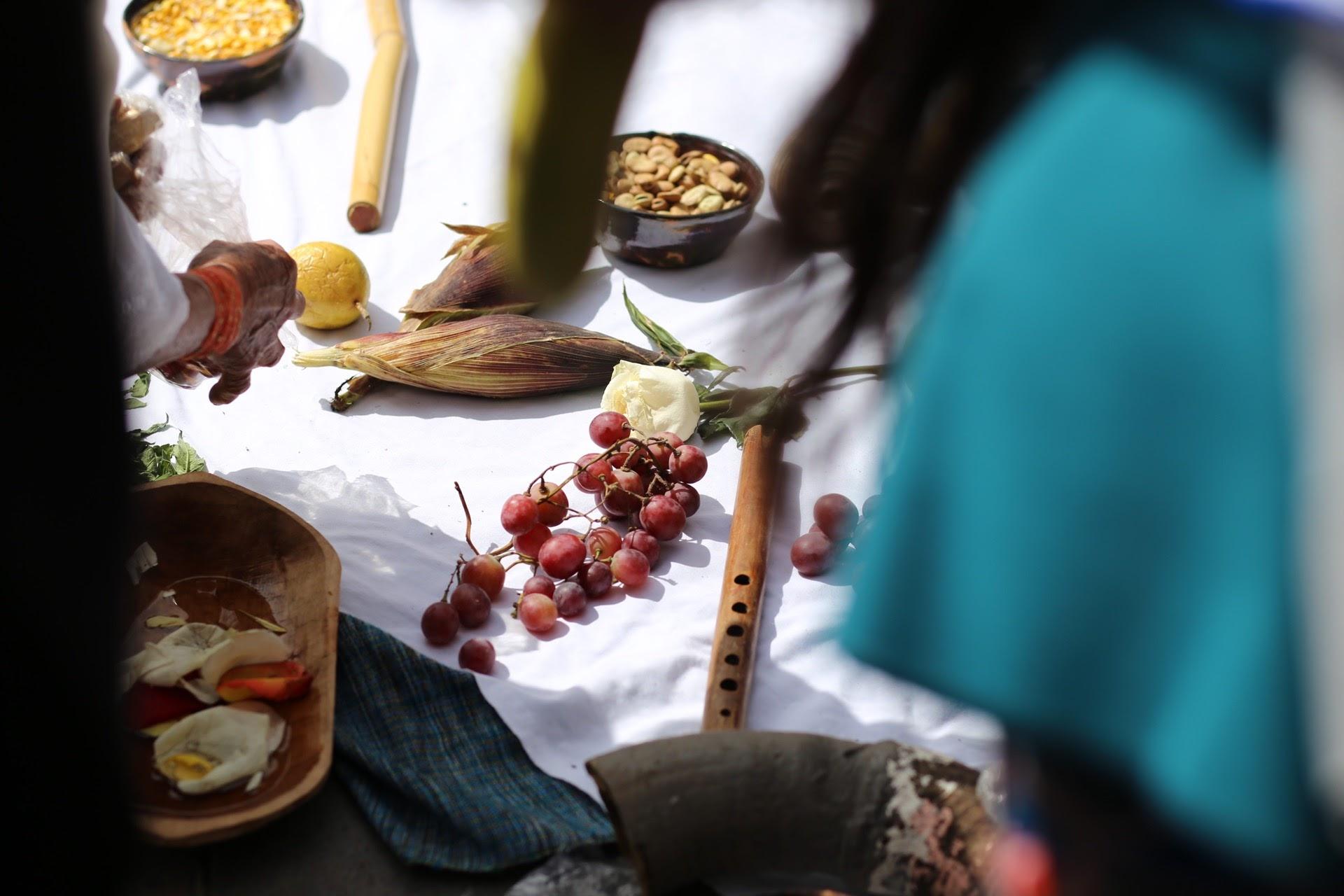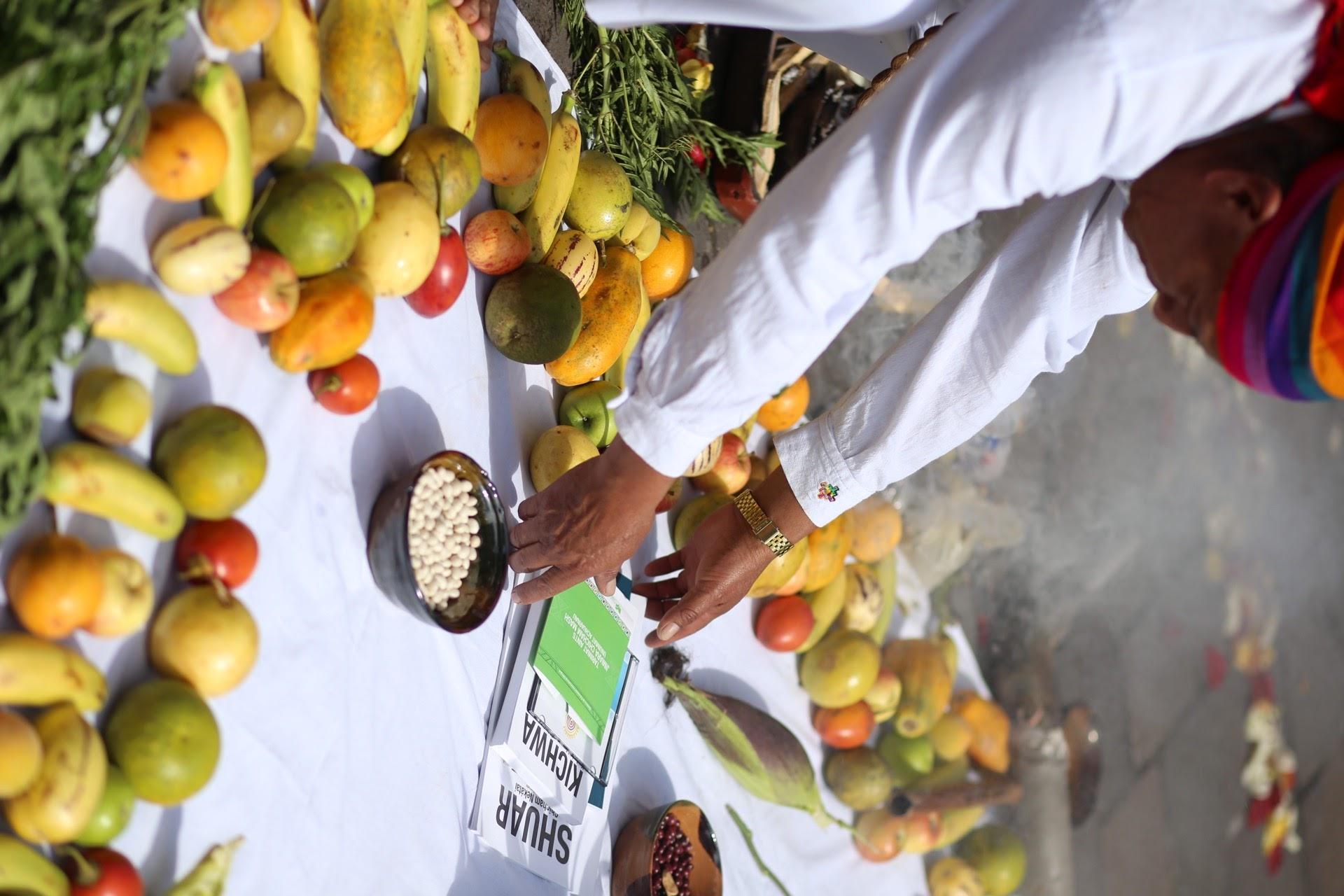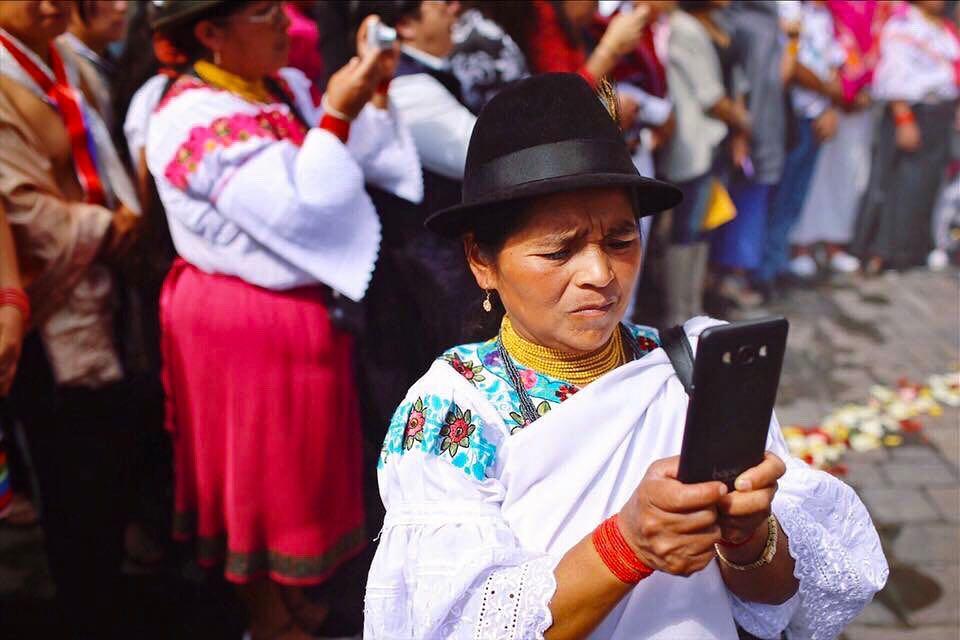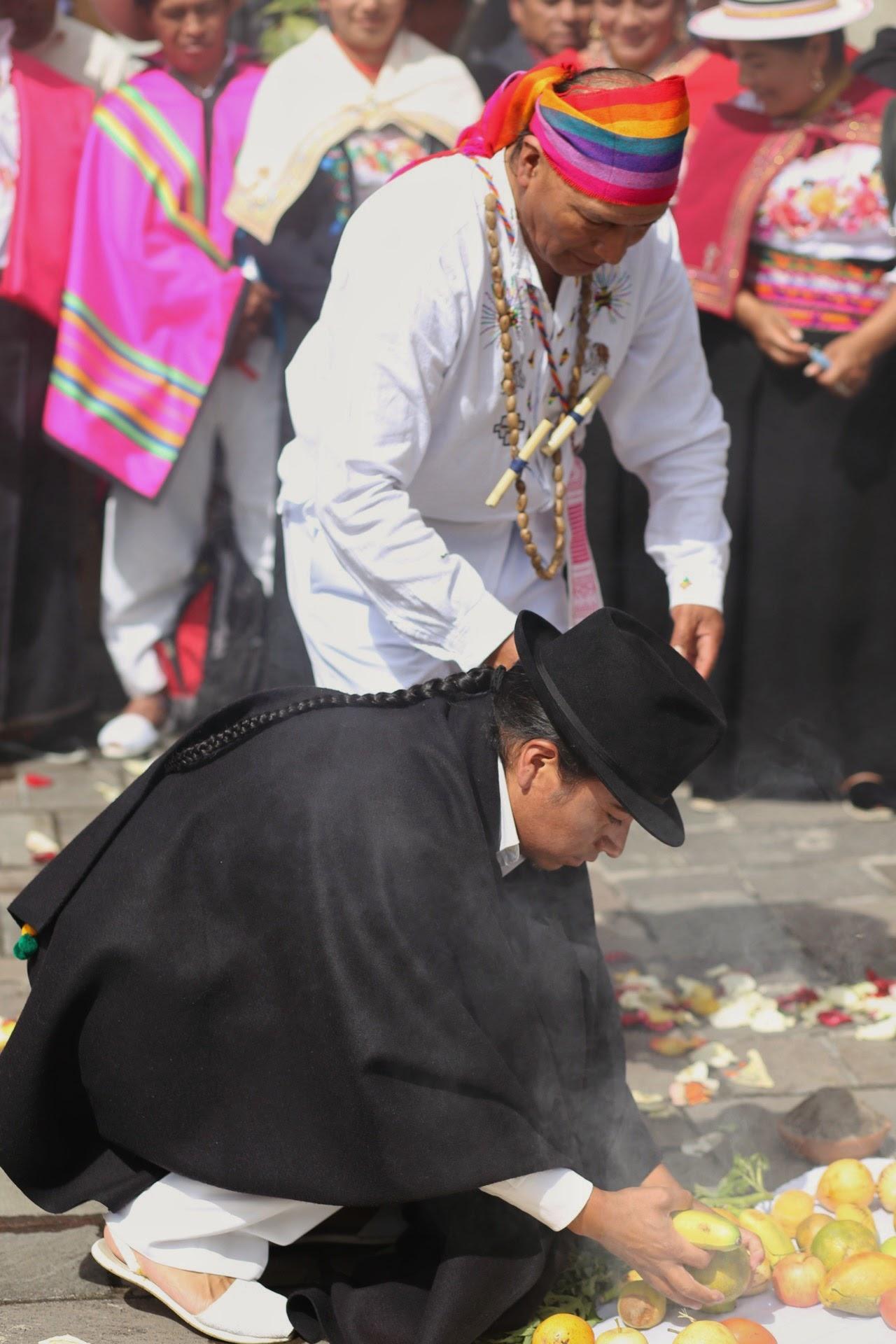Rituals of Light
Documenting the March Equinox in the Ecuadorian Andes
Each year, around March 21st, as the sun crosses the equator and day and night find their balance, dozens of Indigenous nationalities across Ecuador gather to mark Pawkar Raymi, the Andean New Year and a profound celebration of renewal, gratitude, and resistance.
This ongoing photo series seeks to document this ancient equinox festivity through the lens of memory, movement, and meaning. Traveling through provinces like Imbabura, Chimborazo, Cotopaxi, and Tungurahua, I have witnessed how these communities from the Kichwa Otavalo and Saraguro to the Puruhá and Salasaka uphold ancestral rituals rooted in a deep, reciprocal relationship with nature.
Pawkar Raymi, which means "blossoming festival" in Kichwa, is both a spiritual and agricultural marker. It signals the time of flowering crops, especially maize, a sacred plant across the Andes. The ceremonies are centered on giving thanks to Pachamama (Mother Earth) and the Taita Inti (Father Sun) for their energy and abundance. In essence, it’s a time for collective reflection, cleansing, and preparing the body and spirit for a new cycle.
The March equinox holds particular resonance in Ecuador, a country that straddles the literal middle of the world. This astronomical alignment is not just a symbolic turning point; it's a living testament to Indigenous knowledge systems that have long observed celestial movements and harmonized them with agriculture, community life, and spirituality.
In a world that often forgets its natural cadences, the March equinox in the Andes is a call to remember, to stand still, like the sun, and realign with what truly matters.

